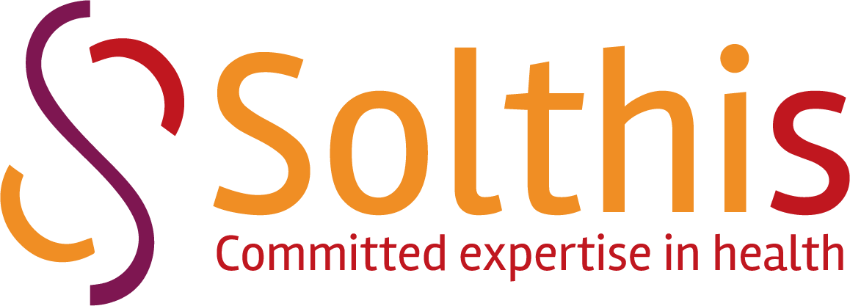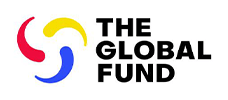January 2018 – December 2020
Mali
The HIV epidemic in Mali is widespread in the general population and concentrated in key populations. The 2012-2013 DHS showed a prevalence of HIV in the adult population (15 to 49 years) of 1.1% and by sex (1.3% in women and 0.8% in men) with regional disparities (0.4% in rural areas and 1.7% in urban areas). The prevalence of HIV among pregnant women was 2.9% in 2012 (Sentinel study in antenatal clinics). However, programmatic data from 2016 show that the prevalence of HIV among pregnant women has been reduced to 0.67%. Data available on key populations show a decreasing trend in the prevalence among sex workers (TS) and men who have sex with men (MSM). However, prevalence among these populations remains high at 24% and 13% respectively.
The estimate of new infections shows a slight increase (12,437) in 2017 which will be followed by a planned reduction in 2018 (12,189), also the estimated number of HIV-related deaths shows a downward trend between 2014 (5,309) and 2017 (3697). The prevalence of HIV in tuberculosis patients is 13% (WHO Global Tuberculosis Report 2015) and mortality is 2 times higher in co-infected patients.
The overall picture of the burden of the epidemic in the country is limited by the absence, in general, of current data. The last major studies being the 2012-2013 DHS, the MOT 2015 study, the programmatic mapping of key populations in Mali in 2015, the sentinel surveillance study in 2012, the behavioral and biological surveillance study (ESCOMB) in 2009. However, despite this gap, the results of the final program review (2016), the epidemiological review (in 2017) and the programmatic findings suggest that current interventions should be maintained and scaled up.
Main objective
Support the HCNLS in the implementation of the FM grant for strengthening and decentralizing the national response to the AIDS epidemic in Mali
Support project to the HCNLS & the CSLS to improve the quality of HIV care through:
- the deployment of a clinical coaching strategy aimed at improving the quality of the care offer in the all regions of the country
- the development and implementation of retention strategies
Beneficiaries
-
HCNLS, healthcare teams and Ministry of Health (CSLS/MS)
-
CSLS
Results
-
Providers’ capacities are strengthened for HIV care
-
Retention of PLHIV is better





